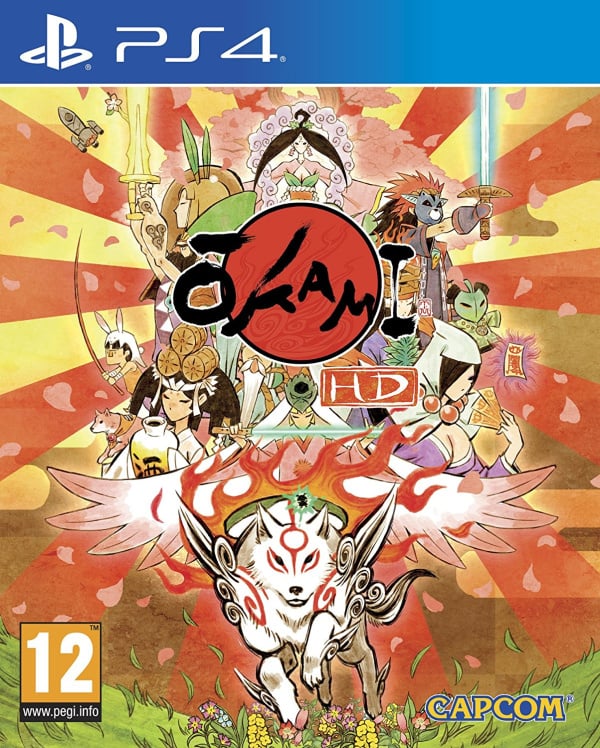

A once beautiful landscape of lakes and fields, rivers and konohana trees bursting with cherry blossom has become a dark wasteland. Mixing myth with a unique graphical style, that of brush and ink art known as sumi-e, it tells the story of peaceful land cursed by the reappearance of the eight-headed demon Orochi. Simply put, Okami is one of the last great PS2 games. So if, like Amaterasu in Japanese legend, you’ve been hiding in a cave for the last year, let us explain. Yet, almost a year after the game’s release in Japan and five months after Clover’s closure, it’s finally hitting the UK and, boy, are we glad. It's a humorous piece of interactive folklore a fast and loose take on Japanese mythology that I loved back in 2006 and that feels just as fresh and exciting today.It seems a shame that the release of such a beautiful game as Okami should be overshadowed by the closure of Clover Studio, the small Capcom-owned studio which created it. But the years have only been more kind to Okami. Or worse, your memory of a game had glossed over the flaws that stand out in stark relief once you pick up a controller today. In remakes and remasters, sometimes games can feel like historical relics compared to current releases-they were great for their time, but they have some element that just doesn't hold up today. But the lack of voice acting in Okami insulates the game in some ways from its occasionally inconsistent characterizations and the general danger of overacting-which, as we've seen in more recent games like Xenoblade Chronicles 2, can pull down an otherwise solid story. Oddly, the game was dinged in our original review for its lack of voiceover, and to be fair, it released alongside other cinematic games with great performances such as Final Fantasy XII, Half-Life 2: Episode 1, and Bully. One thing remains blissfully unchanged about the game-there is no voice acting. But these are minor issues that don't detract from what is a sprawling modern masterpiece. And the game oscillates between gently pointing you in the right direction with a map marker, or putting a huge, unmissable arrow in front of you that points the way to your next goal. Text speed is inconsistent-sometimes you can quickly speed through dialogue other times, words crawl slowly along the screen, completely oblivious to your button-mashing attempts to speed them up. Besides the frame-rate issue, there are a few small issues that could've used a fix.

There are some aspect ratio options, and the game has a sharper look than its PS2 predecessor, but otherwise this is a port of the original game.

There are no story or gameplay changes for this update. The drawings you create on-screen are simple enough that they don't stall the momentum of battle, and the mechanics are generous enough that even for someone as artistically untalented as myself, creating circles and lines makes me feel like I missed my calling as a painter.īut how does the updated Okami HD change the experience? Having not touched the game since it's PS2 release 11 years ago, Okami stays true to my memories, but I'm constantly surprised by how modern it feels. The game overall is an obvious homage to the Legend of Zelda series, but your ability to use the world as a literal canvas for your god-like brush strokes makes Okami feel inspired and unique rather than just a derivative Zelda clone. In movement, the game runs at a noticeably lower frame-rate, at least on Xbox One and PS4, but Okami's hyper-stylized version of feudal Japan is like seeing a painting come to life. Slight, subtle movements of the air are portrayed with thin flowing lines, and your wolf-form pulses with whirls of energy. When you're stationary, the screen is a painting. Okami was gorgeous even on PS2, and Okami HD is a faithful tribute to the game's everlasting beauty. Much of Okami's timelessness is due to the bold, brush-stroke-inspired art style. By clicking 'enter', you agree to GameSpot's


 0 kommentar(er)
0 kommentar(er)
